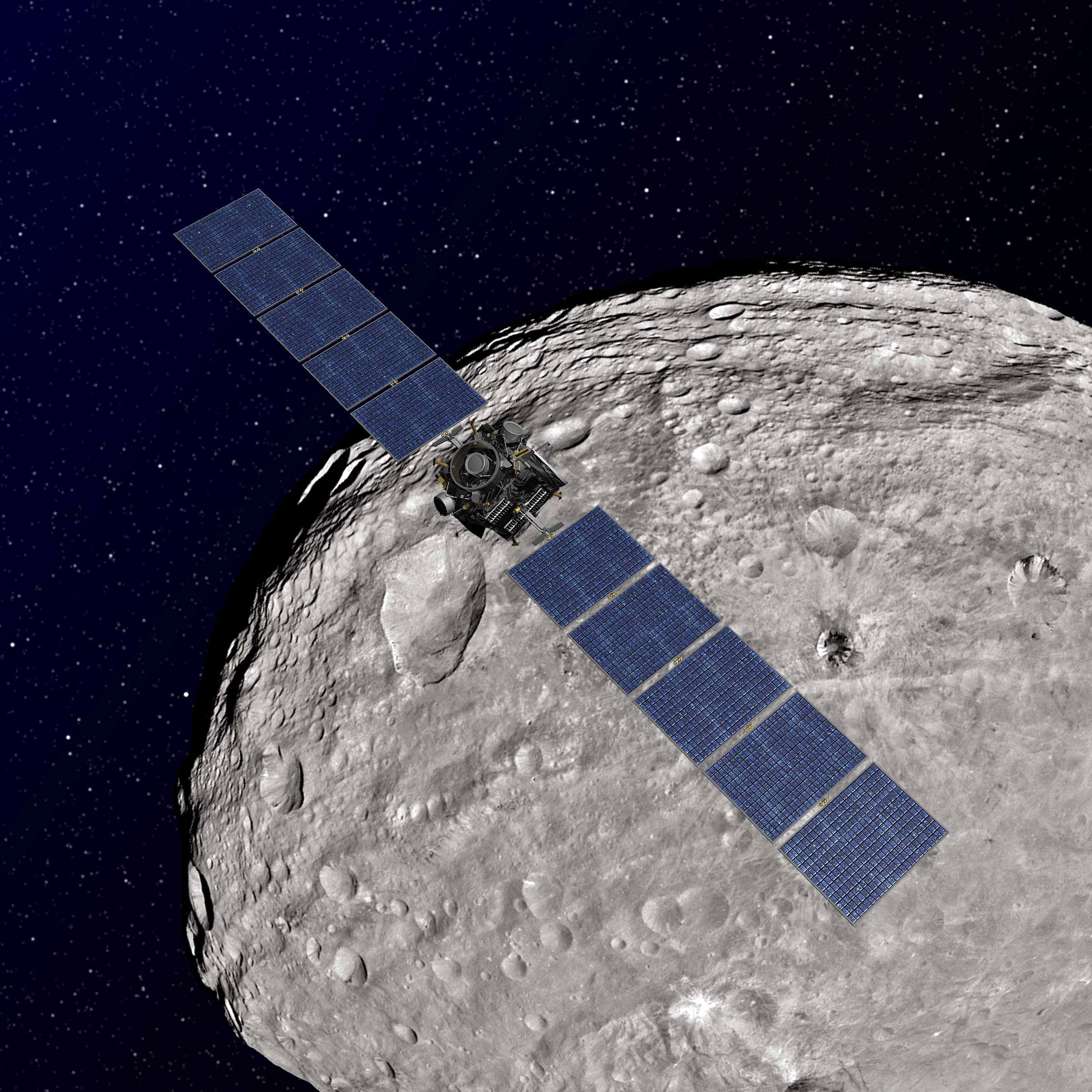UCLA researchers use spacecraft to uncover details about solar system’s early formations

A team lead by Christopher Russell, a UCLA professor of geophysics and space physics, launched the Dawn spacecraft in 2007. (Courtesy of Jennifer Scully)
By Nikki Somani
July 1, 2012 11:33 p.m.
Under Christopher Russell’s supervision, NASA launched a spacecraft headed for the asteroid belt between Mars and Jupiter.
Russell, a professor of geophysics and space physics at UCLA, is the principle investigator of a research team of about 80 scientists that launched the spacecraft Dawn in 2007.
The scientists wanted to study Vesta, the second largest asteroid in the asteroid belt, which could give researchers clues about the formation of the solar system.
Russell began studying Vesta in 1992 with a team of about 15 people, but he initially wanted to study the moon.
“To start off with, my first love was the moon,” Russell said. “In 1992 … my thought was to go back to the moon.”
After NASA rejected his initial proposal to study the moon, Russell revised his mission to learn more about the early solar system.
Studying comets and asteroids gives scientists information about the early formations in the solar system, said Elizabeth Palmer, a UCLA graduate student who is part of the research team. Because Vesta is a protoplanet, an asteroid that was prevented from becoming a planet, studying the asteroid can give clues as to how the earth formed through its early history, she added.
The spacecraft Dawn takes images with visible and infrared cameras to identify Vesta’s various geological features.
“I picked (the name “˜Dawn’) because we were going to the dawn of the solar system,” Russell said, as he pointed to an image of the blue and white spacecraft plastered on the wall outside his office.
Before Jupiter formed, objects in the asteroid belt had relatively low energy. Many times, when the objects collided softly with one another, they would coalesce and build a new body, growing in size.
Scientists predicted that the formation of Jupiter prevented Vesta from becoming a planet. When Jupiter started to form, its gravitational field transmitted energy to objects in the asteroid belt. With this new energy, many bodies in that region collided with one another and were destroyed. Vesta, on the other hand, remained intact, most likely because it had previously developed an iron core, Russell said.
“I realized that when I found out when Vesta had formed, I would also be able to use Vesta as a time machine,” he said. “(It’s) working.”
Scientists are able to detect features on the asteroid’s surface that existed a long time ago, he added.
Vesta has helped researchers confirm the theory of how the solar system formed. In the past, people who studied meteorites believed that the radioactive isotope aluminum-26 decayed and gave off heat in the asteroids. This caused the material inside the asteroids’ core to melt. When studying Vesta, researchers found what they believed to be the decay product of aluminum-26, which suggests that this theory is correct.
Dawn has allowed researchers to identify some of Vesta’s unusual features, such as dark and bright patches on the surface, a layer of material that comes from impacts, large mountains and ripples in the rock.
These impacts sometimes bring pieces of the asteroid to the Earth.
“Every one in 16 times something falls out the sky and comes to Earth, it’s from Vesta,” Russell said. “You could go in a store and buy a piece of Vesta very easily.”
Jennifer Scully, a graduate student in Earth and Space Sciences and a researcher on the team, is originally from Ireland, which does not have a national space agency.
“You bring together a lot of people working on things that otherwise might not be able to work together,” she added.
Russell and his team’s next step is to study Ceres, a bigger asteroid that is very round, which has led scientists to believe it holds water. Ceres could give researchers information about Jupiter’s moons, which are largely water and water ice.
“We all are interested in where we came from. And people just have this natural curiosity about the past,” Russell said. “How did we come to be who we are? In a grand sense, we are looking at how we as a solar system came to be who we are today.”


